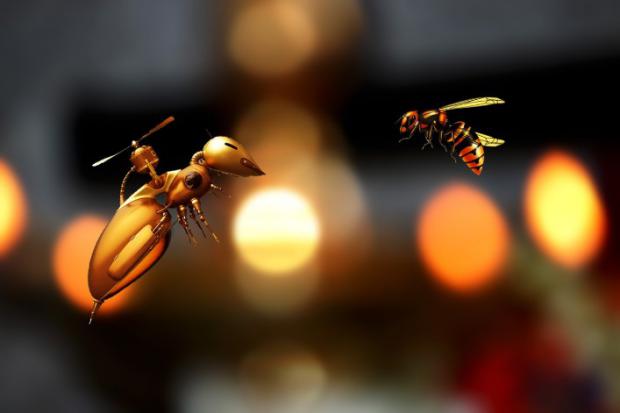
Breaking News
 Battleborn Batteries Responds! Their Overheating Device is a "Feature" not a "Problem
Battleborn Batteries Responds! Their Overheating Device is a "Feature" not a "Problem
 Actor Liam Neeson Outs Himself as MAHA After Narrating Pro-RFK Jr. Documentary Slamming...
Actor Liam Neeson Outs Himself as MAHA After Narrating Pro-RFK Jr. Documentary Slamming...
 Kyle Rittenhouse announced on social media Wednesday that he has tied the knot.
Kyle Rittenhouse announced on social media Wednesday that he has tied the knot.
 JUST IN: President Trump Grants Tina Peters Pardon
JUST IN: President Trump Grants Tina Peters Pardon
Top Tech News
 Build a Greenhouse HEATER that Lasts 10-15 DAYS!
Build a Greenhouse HEATER that Lasts 10-15 DAYS!
 Look at the genius idea he came up with using this tank that nobody wanted
Look at the genius idea he came up with using this tank that nobody wanted
 Latest Comet 3I Atlas Anomolies Like the Impossible 600,000 Mile Long Sunward Tail
Latest Comet 3I Atlas Anomolies Like the Impossible 600,000 Mile Long Sunward Tail
 Tesla Just Opened Its Biggest Supercharger Station Ever--And It's Powered By Solar And Batteries
Tesla Just Opened Its Biggest Supercharger Station Ever--And It's Powered By Solar And Batteries
 Your body already knows how to regrow limbs. We just haven't figured out how to turn it on yet.
Your body already knows how to regrow limbs. We just haven't figured out how to turn it on yet.
 We've wiretapped the gut-brain hotline to decode signals driving disease
We've wiretapped the gut-brain hotline to decode signals driving disease
 3D-printable concrete alternative hardens in three days, not four weeks
3D-printable concrete alternative hardens in three days, not four weeks
 Could satellite-beaming planes and airships make SpaceX's Starlink obsolete?
Could satellite-beaming planes and airships make SpaceX's Starlink obsolete?
To Boost Produce Pollination, Tiny 'FAIRY Robots' Can be Propelled by the Wind Like Seeds

The genesis for such wild imagination is the recent invention of a polymer-assembly robot that flies by wind, is controlled by light, and inspired by the dandelion seeds we used to blow into the wind when we were young.
A prototype has already been developed by Tampere University's "Light Robots" group, who use smart materials to create soft-bodied robots capable of moving themselves around via environmental stimuli rather than hard circuitry.
Light enough to be carried by the winds, the robot could be a game changer for almonds, apples, and other flowers in the face of declining pollinator populations.
"This would have a huge impact on agriculture globally since the loss of pollinators due to global warming has become a serious threat to biodiversity and food production," explains Hao Zeng, the group leader.
A backdrop to this invention is the development of stimuli-responsive polymers which have brought about a wealth of opportunities for next-generation, small-scale, and wirelessly controlled soft-bodied robots.
For some time now, engineers have known how to use these materials to make small robots that can walk, swim, and jump. Last year GNN reported on these soft robotics in the medical field—swarms of robots that can clean teeth, deliver targeted medication, or break up blood clots.

 First totally synthetic human brain model has been realized
First totally synthetic human brain model has been realized Mach-23 potato gun to shoot satellites into space
Mach-23 potato gun to shoot satellites into space

